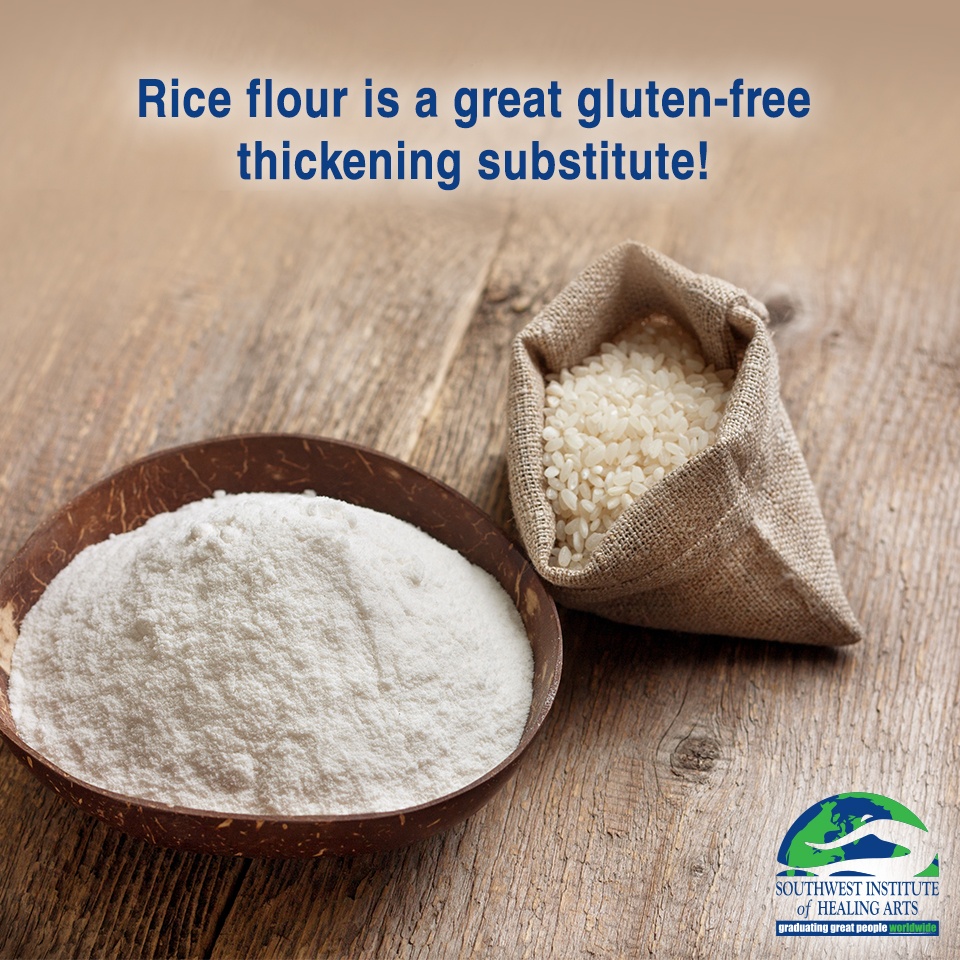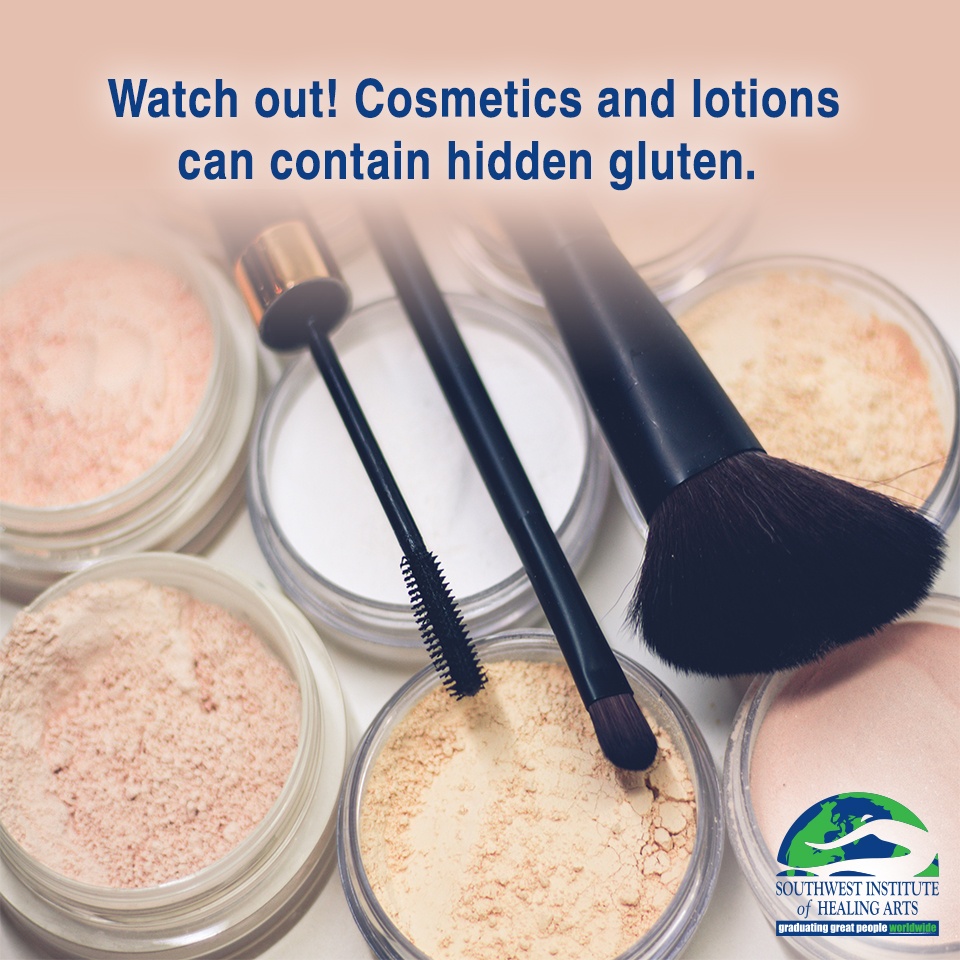Gluten-free veterans and newbies alike: welcome! Chances are that you have already seen dozens of articles from all across the web telling you what’s what in gluten-free living...
For the uninitiated, gluten is a plant protein commonly found in wheat, barley, rye, and sometimes oats. Medical science has thankfully progressed to the point that we are now able to use some simple tests to identify those lucky few who are unable to properly digest gluten; those individuals are generally diagnosed with Celiac Disease. Others might find that they have a sensitivity or allergy to this protein and opt for a gluten-free diet in order to lead a more comfortable life. Still others may choose a gluten-less lifestyle as a way of improving their overall health, clearing up skin troubles, and releasing extra weight.
No matter who you are, living gluten-free is a viable option these days; there’s so much more awareness about the intolerance and variety in gluten-free products existing now in comparison to when I was first diagnosed over 10 years ago.
Whether you’ve been at this for a long time (like me!) or if you are just starting out, there are bound to be facets of your diet that just give you trouble sometimes. Having to be so strict with what you consume can be frustrating, and gluten is ultimately a tricky beast to conquer. Because it is such a common binding agent, manufacturers will stick it in anything and everything to make production just a little easier on themselves.
As you become more well-versed in the way of the Celiac, you will start to find the sneaky ways gluten has found its way into our diets. Soy sauce? Who knew! Beer? Oops. The deception goes on and on…
Thus, avoiding gluten is not just about spotting the words “gluten” and “wheat” printed in bold on the back of packaging. Take a look at the list below to learn where else gluten additives may be hiding in your food or personal products!
 Caramel Coloring
Caramel Coloring
Caramel coloring is a very common type of water-soluble food coloring found in processed foods—and it just happens to contain gluten! If you’re consuming a darker colored liquid, such as a cola, or using any dark-colored sauces with your cooking, chances are you are putting gluten into your body. Luckily, avoiding caramel coloring is fairly easy once you recognize its presence in food. Any packaged food with that tell-tale dark, rich, caramel brown color is likely harboring this ingredient. Instead, look for foods that are naturally colored or that contain a gluten-free alternative, such as gluten-free soy sauce.
Deli Meats
No matter where you are going to get your cuts of deli meat, if the meat itself is not gluten-free due to processing, then you are harming your body. You can easily remedy this by first asking your deli butcher for the nutritional facts of all of the deli meat they have on hand. They usually carry a binder that they can show you somewhere in the deli. If the meat you thought you were consuming is not completely pure, then you may be in trouble! Switch up suppliers and try a different market. Or even better yet, consider cutting out processed meats altogether and trying out a vegetarian or vegan diet with S.O.U.L. foods!
 Condiments
Condiments
Most condiments, if purchased in natural and organic form, are fine when it comes to the presence of gluten. However, it’s what happens after they’re in our pantries that can create an issue. If you live with other people who consume gluten or if you go out to eat, condiment containers will often have small amounts of gluten. Why? Because utensils that have just been all over someone else’s food are getting mixed in with your pure spread! It is possible to transfer traces of gluten to your own food when you use a communal condiment jar or container. If there is a condiment that you and your family can’t live without, buy two containers and label one as the dedicated gluten-free condiment to keep yourself from getting sick. In addition, it never hurts to throw travel-sized condiments from home into your bag to bring out with you when you go out to eat!
Malted Foods
Malted foods are the most painful to cut out if you love the signature flavor they offer. However, malt is derived from barley and, therefore, is not gluten-free! Foods to watch out for in this category are usually fairly obvious; the trickiest one is puffed rice cereals. Switch to a purer puffed rice cereal over commercial brands if this is your vice and keep your eye out for malt in your other favorite foods.
Thickening
This is a struggle for both professional chefs and home cooks! If a liquid-based food is giving you trouble (think gravies and soups), the usual fix is to add a pinch of flour in order to make the mixture a little thicker and more pleasing. Restaurants will notably add flour to everything from melted butter to omelets to smoothies to achieve the perfect consistency. Always alert the wait staff or kitchen staff at the restaurants you frequent that you observe a gluten-free diet, no matter what it is you’re ordering. Only they know what they put in it! At home, use gluten-free flour substitutes, such as rice and potato flour, for your own thickening needs.
 Cosmetics
Cosmetics
You don’t eat your cosmetics, so you would think that it wouldn’t matter what goes into them. Unfortunately, that thinking is wrong! Items like foundation, lipstick, and lotions can all wind up in your body through one way or another, often times as a result of our skin having contact with what we consume. Gentlemen aren’t off the hook either; even something as innocuous as toothpaste can contain gluten, usually as a binding protein. There are stories all over the gluten-free web about partners getting each other sick when they kiss because their personal hygiene products are not gluten-free. There are a lot of chemicals in the products we use to stay beautiful every day, so this is definitely a hard path to navigate. Switch to brands that use the bare minimum of ingredients, such as Burt’s Bees or Lush; even then, keep your eye on the ingredients in natural products. It’s all the rage right now to use wheat protein as a fortifier for moisture, so search for products utilizing rice protein instead!
Prescription Medication
As someone with a wide variety of health conditions, this one is a tough. It’s a hassle enough settling on a medication that doesn’t wack you out with crazy side-effects while also making you feel better. Yet, what if that medication is causing a stomach problem on top of all that? The culprit could be hidden gluten. Manufacturers usually add gluten to the coating of their products and as binding agents. As much as a hassle as reading the ingredients for cosmetics is, that process has nothing on finding out the ingredients for your medications! Every manufacturer is required to supply a list of ingredients to your pharmacist, so get ready to make a new friend. Unfortunately, there’s no replacement for some medications, so it’s trial and error until you find the right mix. I have personally found that on-brand medications are more consistently gluten-free when compared to their generic counterparts. I’ve had to cough up a pretty penny over the years for the sake of my peky digestion!
The Bottom Line
Now, by no means is this a comprehensive list. Gluten finds new and exciting ways to creep into the things we use every single day, so I’ve always found it’s better to err on the side of caution! You never know when a trusted manufacturer or source of gluten-free goods will suddenly change their recipe, so always take the time to glance over the ingredients of even your most commonly confused foods. I recently had a long-time favorite bakery of mine change their gluten-free muffins over to low-gluten muffins.... I don’t even know what that means! Yet, it’s much better to know than to not. Good luck, and continue to nourish your bodies. Eating gluten-free doesn’t necessarily have to mean eating less!


